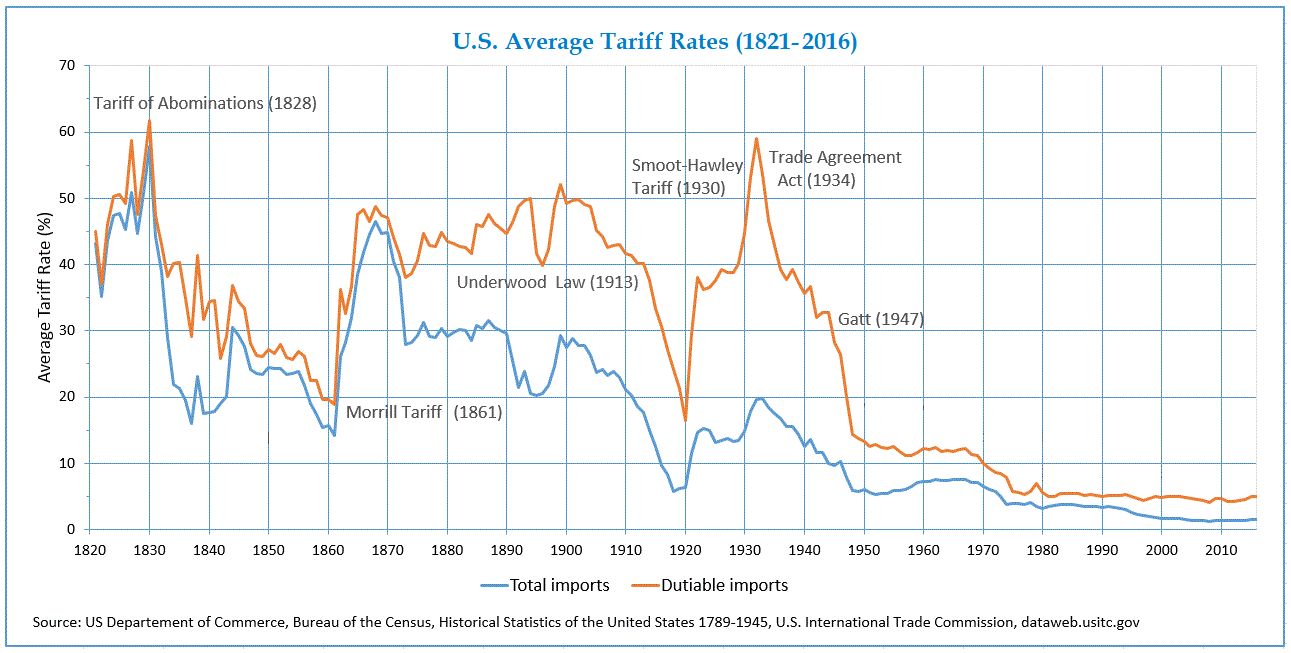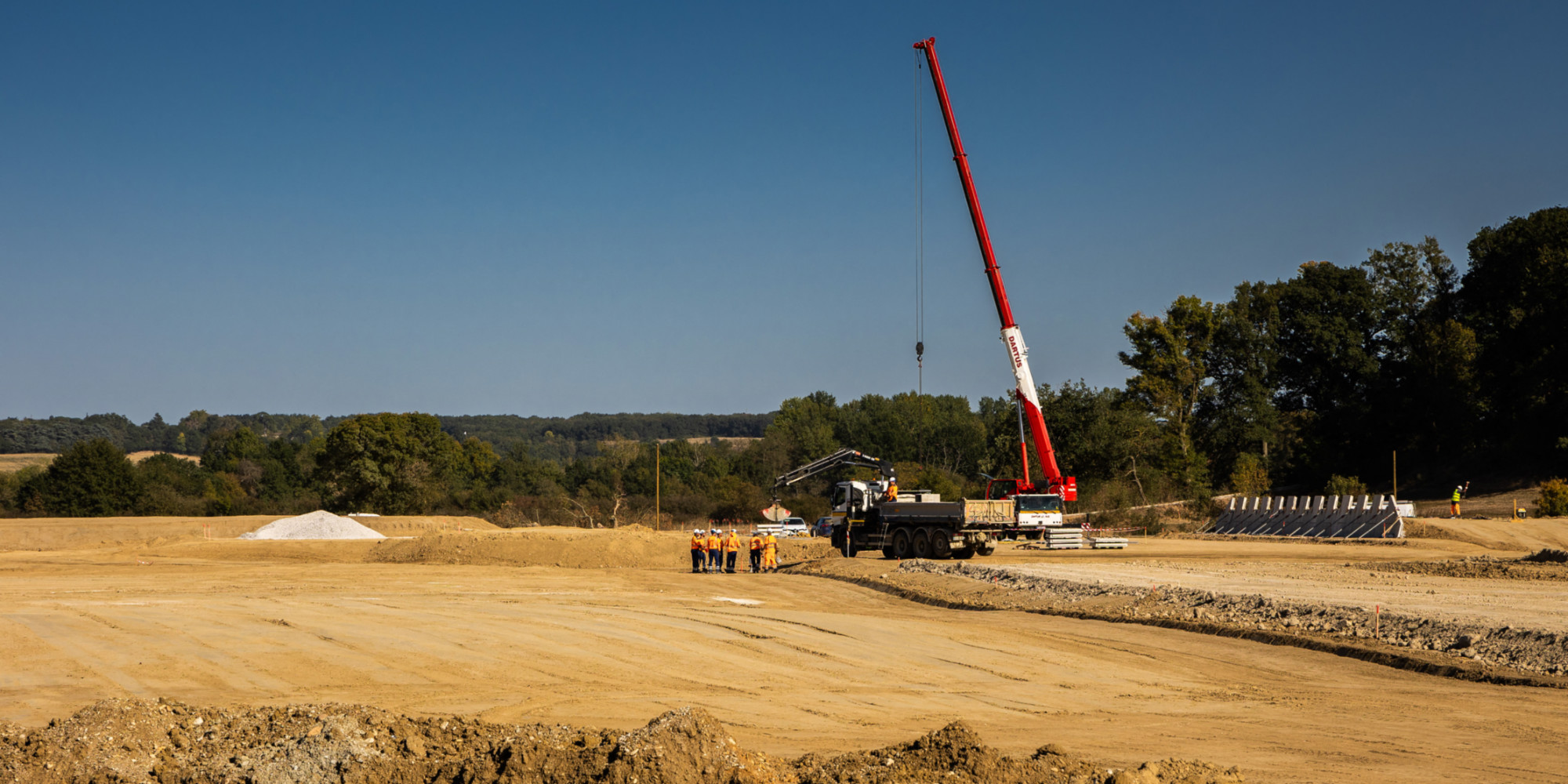Strengthening Ties With China: How US Tariffs Impact The Asia-Pacific Region

Table of Contents
Disruption of Supply Chains and Trade Flows
The US tariff policies have significantly disrupted established supply chains and trade flows across the Asia-Pacific. The resulting consequences have been wide-ranging and far-reaching, impacting businesses and economies across the region.
Increased Costs for Businesses
Businesses in the Asia-Pacific region face dramatically increased costs due to US tariffs. These increased costs affect various aspects of their operations, impacting profitability and competitiveness.
- Higher import/export costs: Tariffs directly increase the price of imported and exported goods, reducing profit margins and making goods less competitive in global markets.
- Reduced competitiveness: Businesses that rely on US or Chinese markets face challenges maintaining their competitiveness due to increased costs and reduced demand.
- Relocation of manufacturing facilities: Many companies have been forced to relocate their manufacturing facilities to avoid tariffs, leading to job losses in some regions and gains in others.
The impact is particularly pronounced in sectors like electronics, where components are often sourced from multiple countries in the Asia-Pacific, and textiles, where production chains span numerous nations. The agricultural sector has also felt the sting, as trade in agricultural products between the US and China has been significantly affected.
Shifting Trade Dynamics
The US tariffs have forced businesses to actively seek alternative sourcing and trade partners, fundamentally altering established trade routes and relationships within the Asia-Pacific region. This shift represents a significant realignment of global trade.
- Increased trade with countries outside the US-China dynamic: Businesses are increasingly turning to countries outside the US-China dynamic to source goods and services, reducing reliance on the two largest economies.
- Diversification of supply chains: Companies are diversifying their supply chains to mitigate the risks associated with relying on a single source or market.
- Regional trade agreements gaining importance: Regional trade agreements, such as the Regional Comprehensive Economic Partnership (RCEP), are gaining increased importance as countries seek to establish alternative trade frameworks and reduce dependence on bilateral relationships.
The rise of RCEP, for example, reflects a broader trend in the Asia-Pacific towards strengthening regional economic integration and reducing reliance on the US-China trade relationship.
Economic Impacts on Asia-Pacific Nations
The economic impacts of US tariffs on Asia-Pacific nations are profound and varied, depending on each country's level of integration with the US and Chinese economies.
Growth Slowdown in Dependent Economies
Economies heavily reliant on trade with either the US or China have experienced significant negative impacts, both direct and indirect.
- Reduced GDP growth: The reduced trade volume and increased costs have contributed to slower GDP growth in many Asia-Pacific economies.
- Increased unemployment: Job losses in sectors impacted by the tariffs have led to increased unemployment in several countries.
- Decreased foreign investment: Uncertainty surrounding the trade war has deterred foreign investment in some parts of the Asia-Pacific region.
Countries heavily reliant on exporting specific products to the US or China have been particularly affected. The agricultural sector, in particular, has faced considerable challenges due to trade disputes.
Regional Instability and Geopolitical Tensions
The trade war has exacerbated existing regional tensions and contributed to geopolitical uncertainty within the Asia-Pacific. The economic fallout has heightened political risks.
- Increased political risks: Economic instability can fuel political instability, creating risks for businesses and investors.
- Trade disputes fueling nationalism: Trade disputes can exacerbate nationalistic sentiments, complicating regional cooperation.
- Potential for further conflicts: The ongoing trade tensions create a breeding ground for potential conflicts between countries.
The implications for regional security and cooperation initiatives are significant, as trust and collaboration become more challenging in an environment of heightened economic and political uncertainty.
Potential Strategies for Strengthening US-China Relations
Mitigating the negative impacts of the trade war and fostering a more stable and prosperous Asia-Pacific requires a proactive approach focused on strengthening US-China relations.
Diplomatic Engagement and Negotiation
Diplomatic solutions and renewed dialogue are crucial to mitigate the negative consequences of the trade war.
- Bilateral talks: Direct talks between the US and China are vital for addressing specific trade concerns.
- Multilateral forums: International organizations and multilateral forums can play a crucial role in mediating disputes and fostering cooperation.
- Confidence-building measures: Implementing confidence-building measures can help de-escalate tensions and promote trust.
The role of international organizations like the World Trade Organization (WTO) in mediating disputes and promoting fair trade practices is paramount.
Investment in Regional Cooperation
Increased investment in regional cooperation initiatives and infrastructure projects is essential for fostering economic integration and reducing reliance on bilateral trade relationships.
- Joint infrastructure projects: Joint infrastructure projects can promote economic integration and create shared benefits.
- Strengthening regional supply chains: Strengthening regional supply chains can reduce reliance on trade with either the US or China.
- Promoting technological collaboration: Technological collaboration can enhance regional competitiveness and foster innovation.
Successful regional cooperation projects in the Asia-Pacific can serve as models for future initiatives, demonstrating the benefits of collaborative approaches to economic development.
Conclusion
The impact of US tariffs on the Asia-Pacific region has been far-reaching and complex, disrupting supply chains, impacting economic growth, and contributing to geopolitical uncertainty. While the tariffs aimed to address specific trade imbalances, the consequences have been felt across the region, necessitating a more nuanced approach. Strengthening ties with China and fostering greater regional cooperation are vital for mitigating the negative impacts and building a more stable and prosperous Asia-Pacific. We must work towards finding solutions that promote balanced trade, reduce reliance on bilateral trade tensions, and build a future where the economic well-being of the Asia-Pacific region is prioritized. To learn more about mitigating the effects of US tariffs impacting the Asia-Pacific, explore further research on the subject and consider the long-term implications of these trade policies on regional stability and economic growth.

Featured Posts
-
 Get A Closer Look High Quality Photos Of Taylor Swifts Eras Tour Costumes
May 27, 2025
Get A Closer Look High Quality Photos Of Taylor Swifts Eras Tour Costumes
May 27, 2025 -
 Funn Festival 2024 As Principais Atracoes Do Pop Feminino
May 27, 2025
Funn Festival 2024 As Principais Atracoes Do Pop Feminino
May 27, 2025 -
 Mai Gedenktage Ereignisse Und Was Sonst Geschah
May 27, 2025
Mai Gedenktage Ereignisse Und Was Sonst Geschah
May 27, 2025 -
 Viyskova Dopomoga Ukrayini Vid Nimechchini Onovleniy Spisok Ozbroyennya
May 27, 2025
Viyskova Dopomoga Ukrayini Vid Nimechchini Onovleniy Spisok Ozbroyennya
May 27, 2025 -
 Taylor Sheridans Potential Retirement Whats Next For Yellowstone And His Productions
May 27, 2025
Taylor Sheridans Potential Retirement Whats Next For Yellowstone And His Productions
May 27, 2025
Latest Posts
-
 A69 Une Nouvelle Strategie Pour Debloquer Le Chantier Autoroutier
May 30, 2025
A69 Une Nouvelle Strategie Pour Debloquer Le Chantier Autoroutier
May 30, 2025 -
 Autoroute A69 Le Debat Public Et La Relance Du Projet
May 30, 2025
Autoroute A69 Le Debat Public Et La Relance Du Projet
May 30, 2025 -
 Aeroport De Bordeaux Debat Sur La Piste Secondaire Et Mobilisation Citoyenne
May 30, 2025
Aeroport De Bordeaux Debat Sur La Piste Secondaire Et Mobilisation Citoyenne
May 30, 2025 -
 Controverse A69 L Action Des Ministres Et Parlementaires Face A La Justice
May 30, 2025
Controverse A69 L Action Des Ministres Et Parlementaires Face A La Justice
May 30, 2025 -
 Bordeaux Les Opposants A La Piste Secondaire Appellent A La Mobilisation
May 30, 2025
Bordeaux Les Opposants A La Piste Secondaire Appellent A La Mobilisation
May 30, 2025
